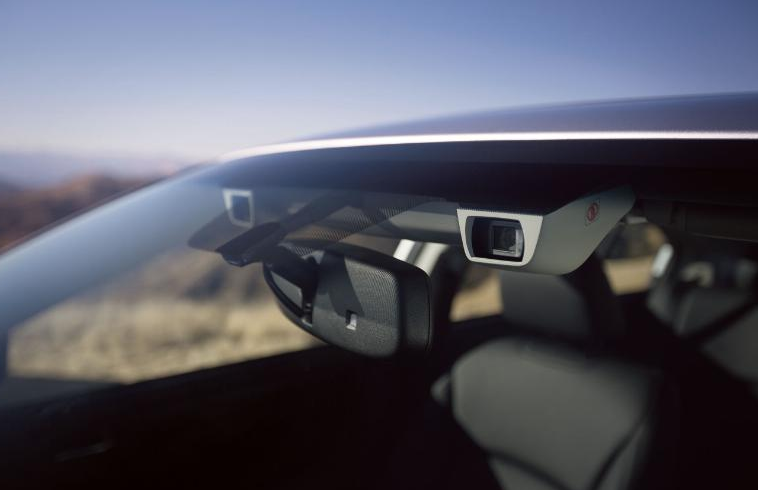New Subaru EyeSight™ Driver Assistance: Call it “Robo Car?”
 Subaru of America has announced the debut of a new and improved version of its popular EyeSight™ driver assistance system, which some might consider calling “Robo Car.”
Subaru of America has announced the debut of a new and improved version of its popular EyeSight™ driver assistance system, which some might consider calling “Robo Car.”
The new system now features color stereo cameras that deliver an approximately 40 percent longer and wider detection range, brake light detection and can now fully function when the speed differential between the Eyesight equipped car and another vehicle is up to 30 mph, up from 19 mph.
According to the company, the Subaru EyeSight system is one of the most affordable crash avoidance technologies available in the U.S. market.
Also debuting in Subaru models later this year are three additional technologies; blind spot detection, lane change assist and rear cross traffic alert. These new systems will be introduced on Subaru’s product line-up starting in 2014.
Eyesight Features
The new Eyesight uses two color cameras developed by Subaru and is mounted inside the car on the upper edge of the windshield. The EyeSight system processes stereo images to identify the vehicles traveling in front, as well as obstacles, traffic lanes and other items.
The video information is relayed to the EyeSight computer, which is also networked with the car’s braking system and electronic throttle control.
EyeSight is also capable of detecting pedestrians in the vehicle’s path and can activate in order to mitigate or even avoid the collision. Under certain circumstances, Eyesight is able to bring the car to a complete stop, thus avoiding a collision.
The Eyesight system integrates adaptive cruise control, pre-collision braking and vehicle lane departure warning.
At relative speeds under 30 mph, EyeSight’s Pre-Collision Braking System can detect vehicles in the car’s path and, if the driver has not applied the brake, the system can do so to slow the vehicle or bring it to a full stop to help avoid the potential collision.
Pre-Collision Braking is always on in the background to act as a second set of eyes for the driver. It can also be turned off temporarily for off-road or rough road travel.
Lane departure warning monitors traffic lane markers and lines and can detect if the car begins to wander outside the intended lane without a turn signal being used, or begins to sway within the travel lane. Using the turn signal cancels the warning.
Blind Spot Detection
This driver assistance technology senses cars coming up in the vehicle’s blind spot and if the turn signal is on, it alerts the driver not to change lanes. The driver is warned by a flashing light on the side view mirror and the alert stays active until the car in the adjacent lane is in view. Subaru BSD uses radar sensors on the side and rear of the car.
Lane Change Assist
The lane changes assist system warns the driver of a fast approaching vehicle on either side of the car. It only flashes an alert in the side view mirror when the turn signal is engaged and has a range of 230 ft.
Rear Cross Traffic Alert
Rear cross traffic alert uses rear facing radar to detect vehicles approaching from behind on either side of the vehicle such as when reversing out of a parking space at the mall. The radar sweeps 230 feet on either side of the vehicle to detect an approaching vehicle and triggers a warning light on the dash. The system can also detect cars up to 23 ft behind the vehicle.
More information at: www.subaru.com.
Fleet News Daily is now mobile!
https://twitter.com/FleetNewsDaily
Category: General Update, Safety









